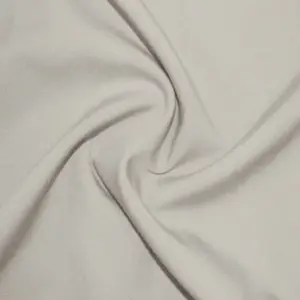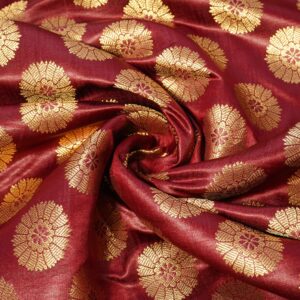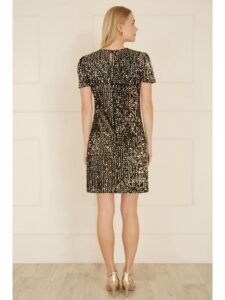How to Dye Wool and Nylon at Home?
Introduction
Fabric compatibility is crucial in fashion and sewing, ensuring garments are both stylish and durable. Wool and nylon, with their unique properties, offer exciting possibilities when combined. In this article, you’ll learn how to dye these fabrics at home, exploring their compatibility and the best practices for achieving vibrant results.
Compatibility Analysis
YES, wool and nylon can be dyed together, but with some considerations. Both fibers accept acid dyes, making them compatible for joint dyeing projects. Wool, a natural fiber, and nylon, a synthetic one, share similar dye absorption properties, allowing for uniform color. However, differences in texture, weight, and care requirements must be managed to ensure successful outcomes.
Key Factors
- Texture: Wool is soft and fluffy, while nylon is smooth and slick.
- Weight: Wool is typically heavier; consider this in garment construction.
- Stretch: Nylon offers more elasticity, making it ideal for activewear.
- Care: Wool requires gentle handling; nylon is more resilient.
- Durability: Both are durable, but wool can pill over time.
Fabric Properties Comparison Table
| Property | Wool | Nylon |
|---|---|---|
| Fiber Content | Natural | Synthetic |
| Weight and Thickness | Medium to heavy | Light to medium |
| Breathability | High | Moderate |
| Moisture-Wicking | Good | Excellent |
| Stretch and Elasticity | Low | High |
| Wrinkle Resistance | Moderate | High |
| Care Instructions | Hand wash, cool water | Machine wash, cold water |
| Durability | High, may pill | Very high |
Benefits of Mixing These Fabrics
Combining wool and nylon enhances texture and visual interest, offering a blend of natural warmth and synthetic resilience. This mix improves comfort and performance, providing better drape and movement for garments. Moreover, it’s cost-effective and versatile across seasons, opening up diverse design possibilities in both fashion and home decor.
Potential Challenges
Mixing wool and nylon presents challenges, such as different shrinkage rates and conflicting care requirements. Wool may shrink more than nylon, leading to potential fit issues. Texture clashes or pilling can occur, and seam puckering might result from uneven fabric tension. Color bleeding or fading is another concern, but using color catchers and setting dyes properly can mitigate these issues.
Sewing & Styling Tips
When sewing wool and nylon together, use a ballpoint needle to avoid damaging the fibers. Polyester thread works well for its strength and flexibility. Consider using lightweight interfacing to stabilize seams and prevent puckering. French seams or serged edges provide clean finishes. Choose patterns that accommodate both fabrics’ characteristics, like structured jackets or flowing dresses. For styling, mix textures for visual interest in fashion and home decor.
Care & Maintenance Guide
To maintain wool and nylon blends, wash them in cold water with a gentle detergent. Air-drying is preferred to prevent shrinkage and distortion. Use a low-heat iron with a pressing cloth to avoid scorching. For stain removal, treat wool with mild soap and nylon with a stain remover. Long-term care includes storing garments in breathable bags to prevent moth damage to wool.
FAQ Section
-
Can you wash wool and nylon together?
Yes, but use cold water and a gentle cycle to prevent damage. -
Will wool shrink more than nylon?
Wool is prone to shrinkage, so handle with care to maintain size. -
What needle size should I use for sewing wool and nylon together?
A size 70/10 ballpoint needle is ideal for these fabrics. -
Can you mix wool and nylon in one garment?
Absolutely, combining them offers durability and comfort. -
How do you prevent color bleeding when combining these fabrics?
Use color catchers and set dyes with vinegar or a commercial fixer. -
Is it okay to mix wool and nylon for upholstery?
Yes, but consider durability and care for long-lasting results. -
What’s the best way to finish seams with wool and nylon?
French seams or serged edges provide neat, durable finishes.
By understanding these aspects of wool and nylon, you can create beautiful, durable garments and home decor items. Happy sewing!



Leave a Reply